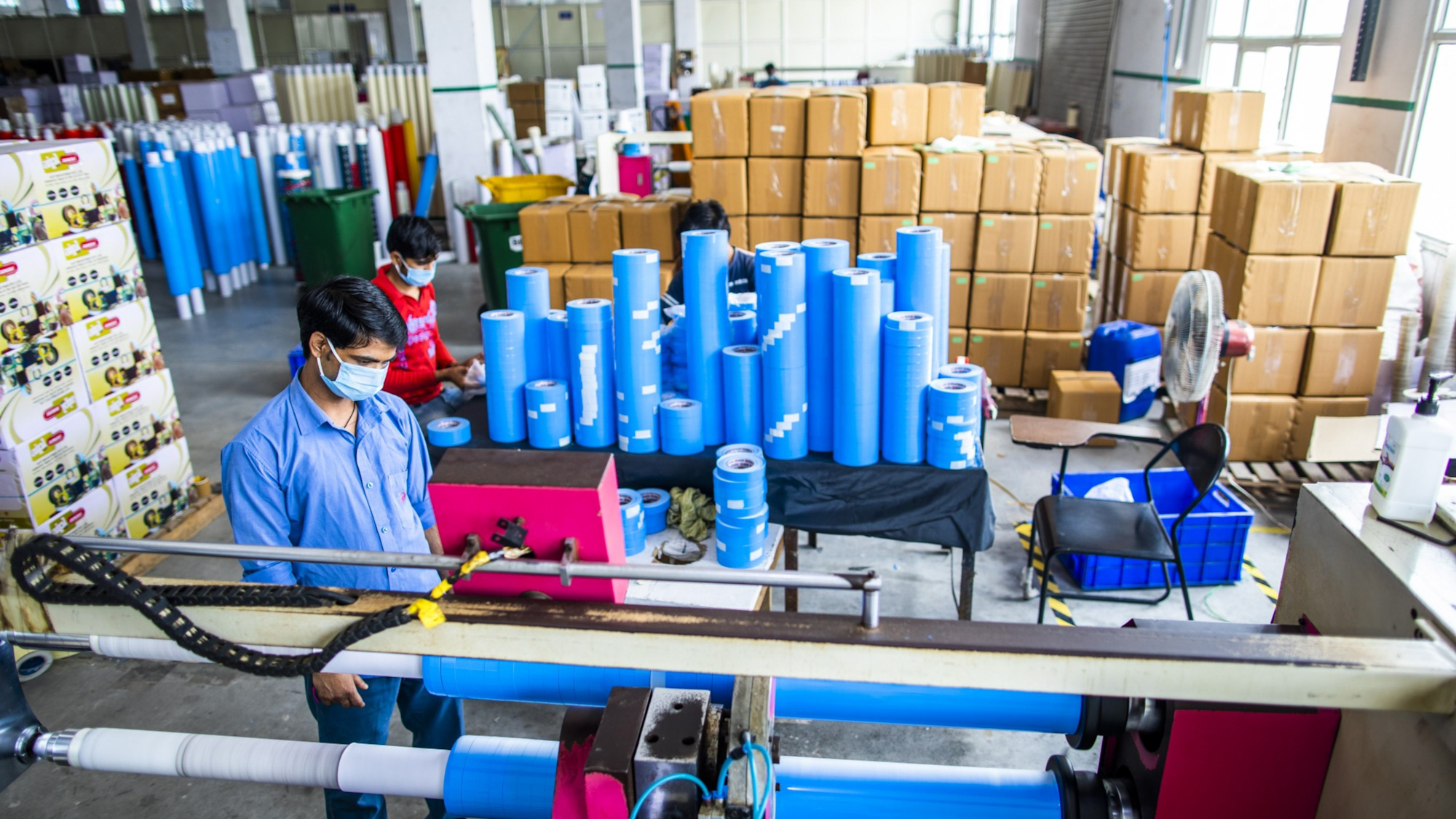What comes to your mind when you hear the name Rolex? Most people would respond with something along the lines of luxury, elegance, and sophistication. With a rich history dating back to the early 1900s and an extensive collection of durable, high-quality watches, Rolex has maintained its position as a top luxury brand for over a century. However, with great success comes great imitation, and the world of counterfeit Rolex sales is an industry unto itself. In this blog post, we will dive into the world of fake rolex for sale, explore how they reproduce these top-notch watches, and how to spot counterfeit products.
To understand how the production of fake Rolexes works, we need to first realize that the process is not as simple as making exact replicas of real Rolex watches. Counterfeiters must first purchase authentic Rolex watches in order to copy the designs and internal mechanics. However, one of the top concerns with fake Rolexes is the inferior materials used in production. Cheaper metal alloys replace the high-quality materials used in authentic Rolex watches, thus severely damaging the resale value – or perceived value – of the counterfeit item.
Fake Rolexes are often visibly different from the real deal. While the ultimate goal of the counterfeiters is to mimic the appearance of the real Rolex, small details reveal the fake watch, such as misspelled words, uneven fonts, and poor alignment. Another aspect of spotting the difference between an authentic Rolex and a copy is the magnifying window. The watchface’s magnifying window above the date is a trademark hallmark of a Rolex. Counterfeit versions have these magnifying windows as well, but the quality varies widely.
The cost of a genuine Rolex is often upwards of $10,000, but a fake Rolex can be sold for as little as a few hundred dollars. The vast price difference doesn’t surprise anyone, but it attracts buyers who want the look and feel of a Rolex without paying the price. Buyers must realize that counterfeit items are not only illegal but are also contributing to an inhumane global industry that mistreats workers, uses subpar materials, and, in some cases, funds human trafficking.
One way Rolex combats this industry is by placing serial numbers on each watch, which is why a watch without a serial number is a sure sign of a phony watch. Rolex’s quality and durability make them popular among collectors, which adds another layer to the negative effects on the market, with some people risking their life savings to purchase an authentic watch and unknowingly investing in the counterfeit industry.
Sometimes, the sale of fake watches is unintentional. Inexperienced watch dealers might purchase a watch that they believe to be genuine from someone whom they trust without being aware that the item is counterfeit. In many cases, unknowing spectators cannot tell whether a Rolex is authentic or fake, making it difficult for dealers to differentiate between genuine lines and counterfeit ones.
Conclusion:
Counterfeit watches have become a significant issue in the luxury watch industry, with Rolex at the forefront of the crisis. It is essential that consumers and dealers are aware of the signs of counterfeit products to avoid inadvertently supporting an industry that does not represent the brand values. Because the sale of counterfeit Rolex watches is illegal, it is a duty to be diligent and responsible when purchasing a Rolex by doing research and buying only from a reputable dealer. By doing so, buyers can avoid falling victim to fake Rolex sales and unethical businesses while ensuring that the product is authentic.





